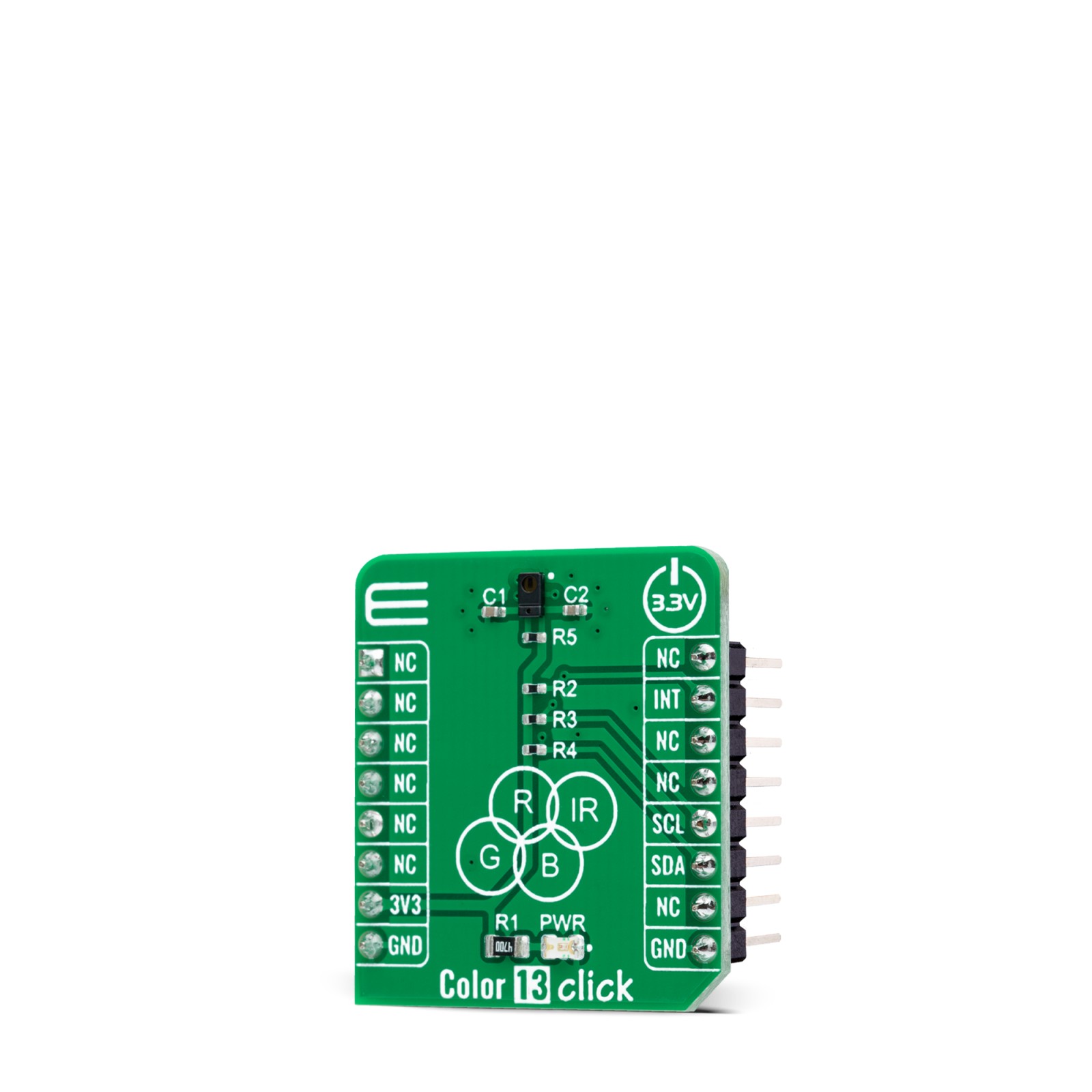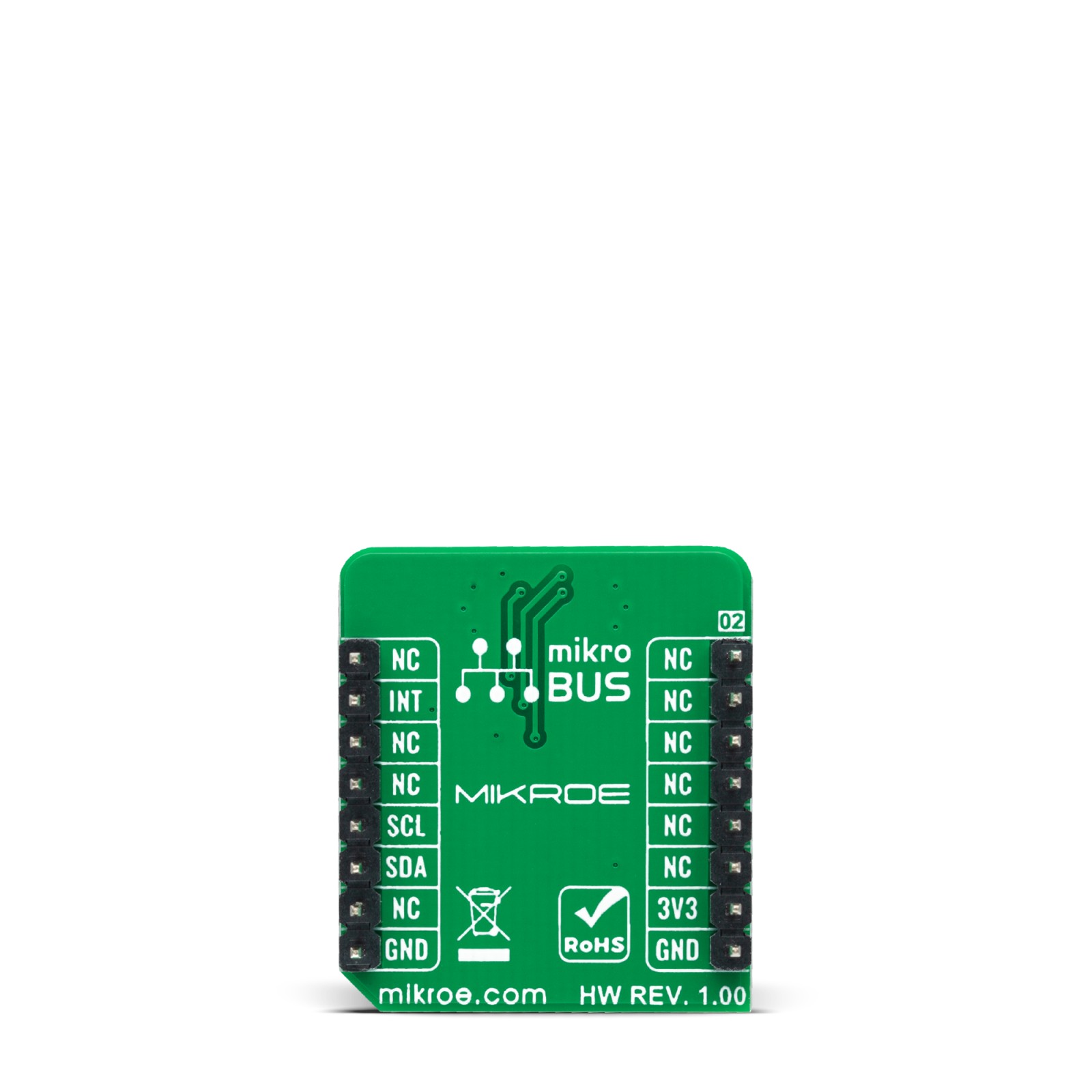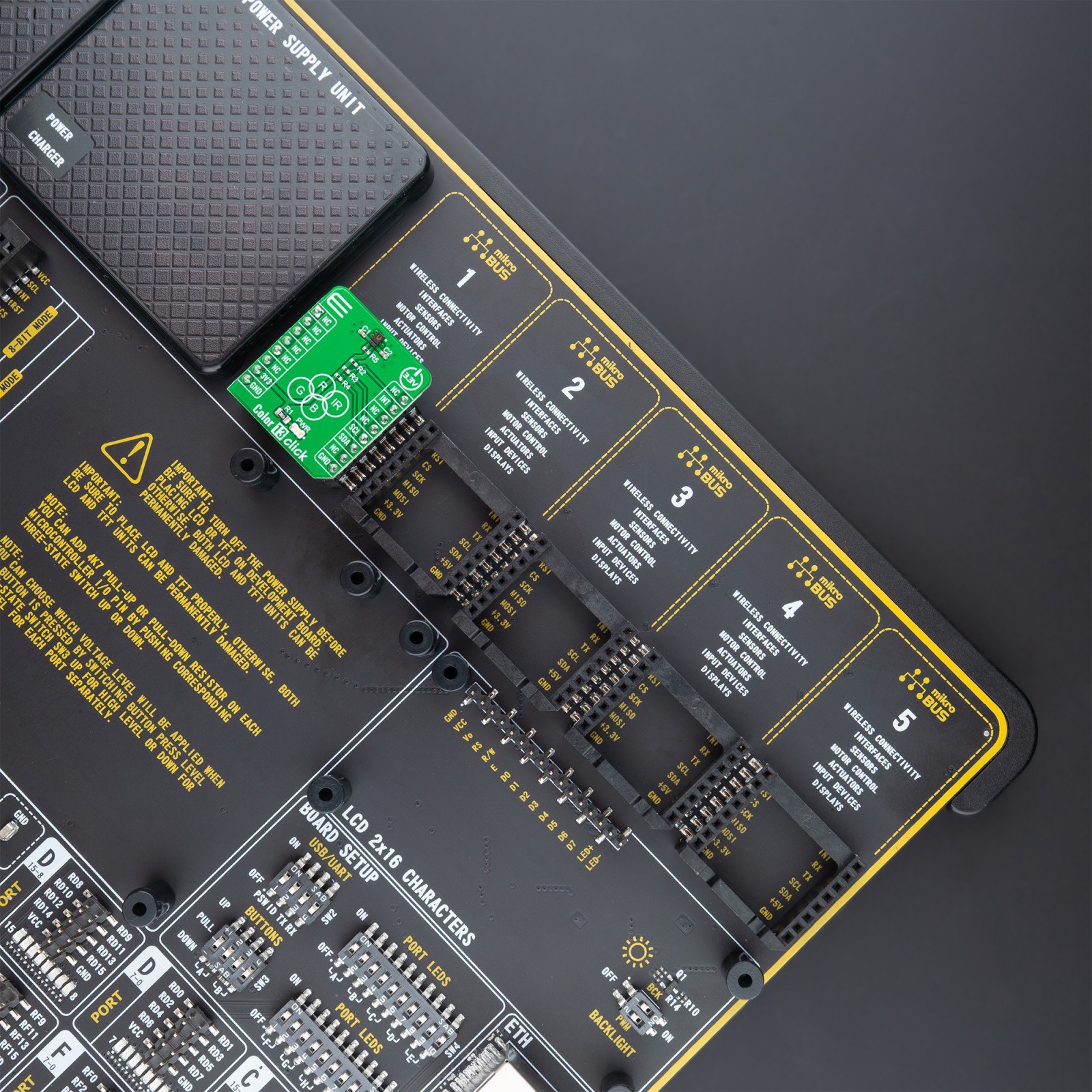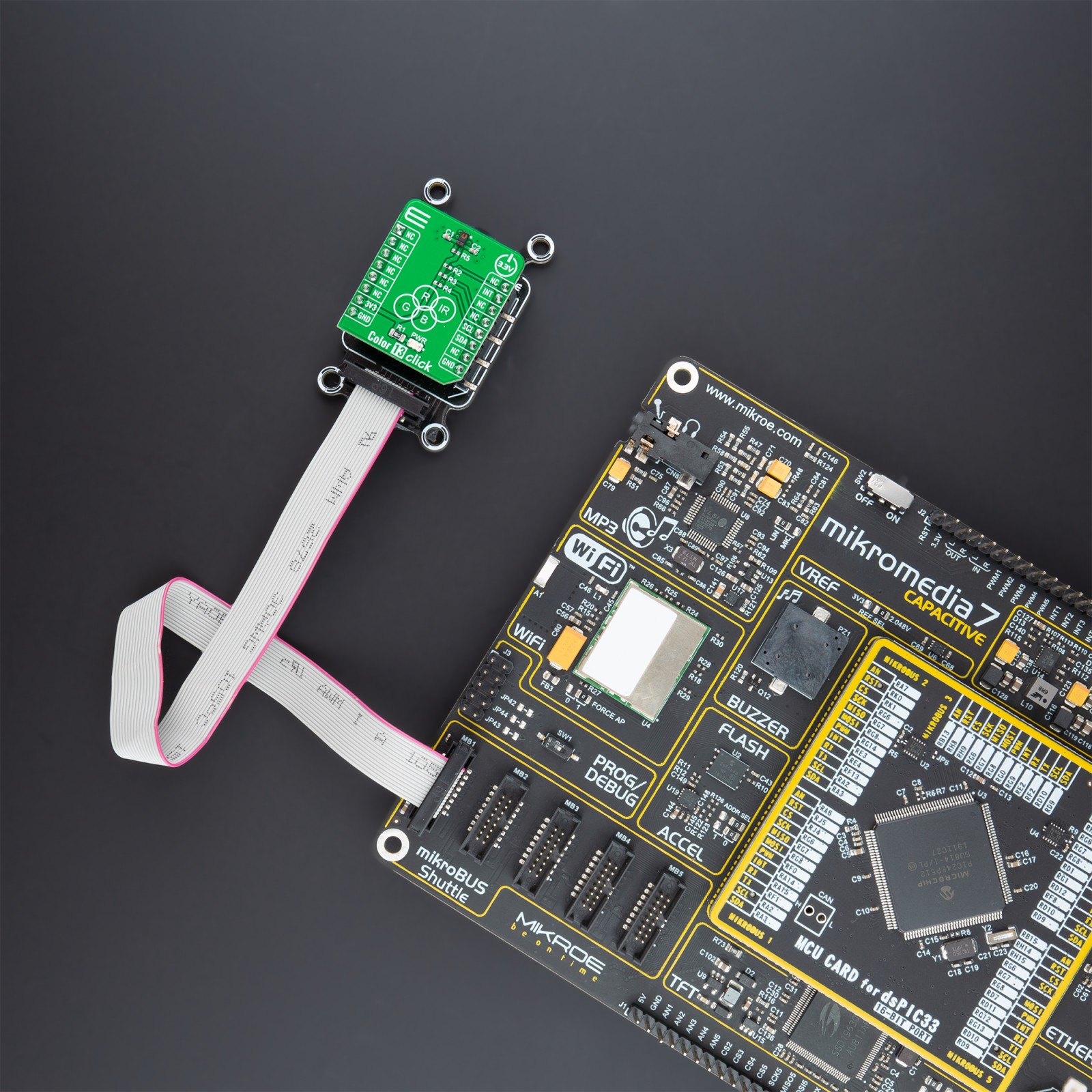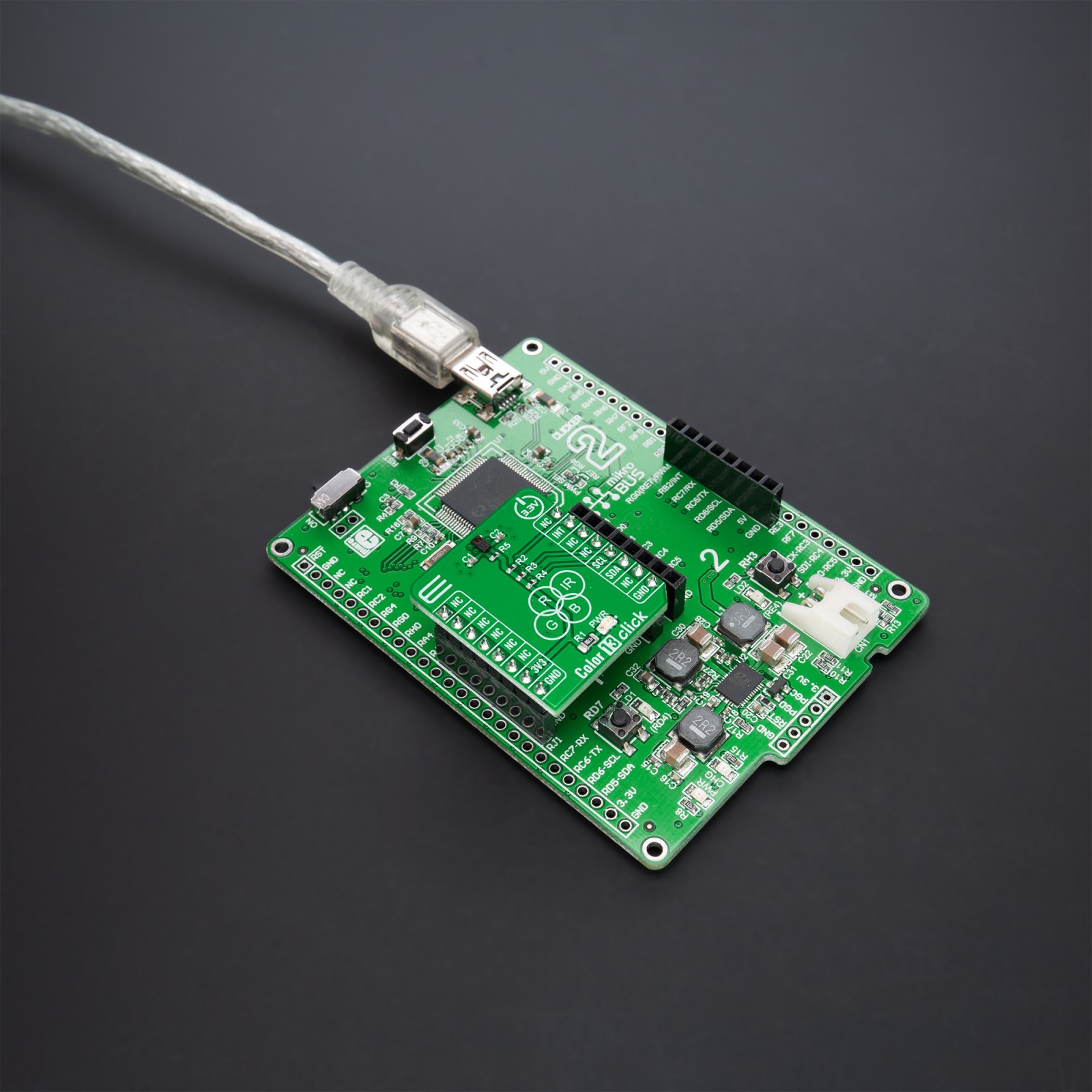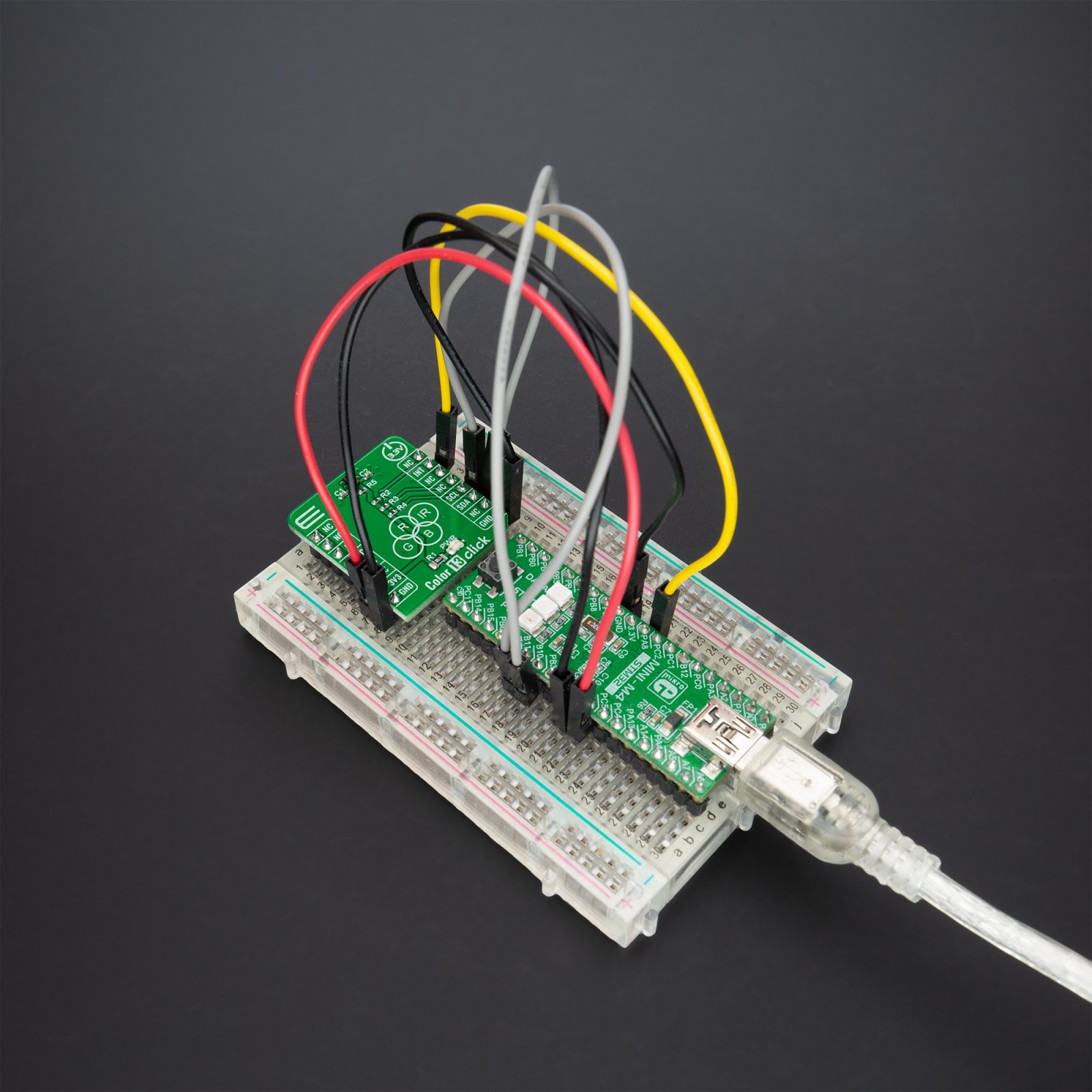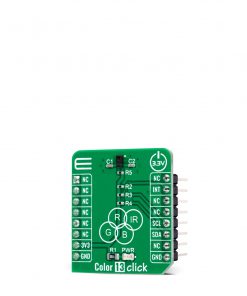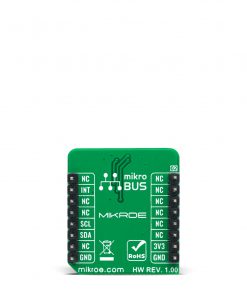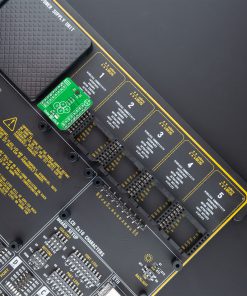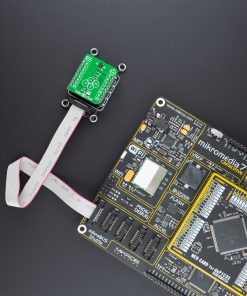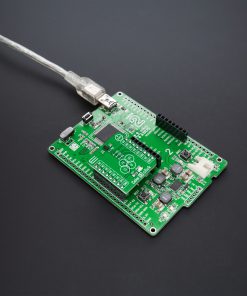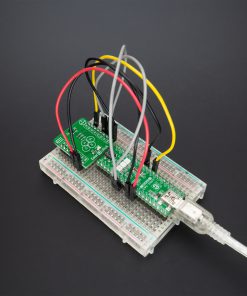-
×
 RTC 2 Click
1 × R465.00
RTC 2 Click
1 × R465.00 -
×
 METHANE Click
1 × R335.00
METHANE Click
1 × R335.00 -
×
 GSM-GPS Click
1 × R1,350.00
GSM-GPS Click
1 × R1,350.00 -
×
 IR Click
1 × R125.00
IR Click
1 × R125.00 -
×
 tRF Click
1 × R1,050.00
tRF Click
1 × R1,050.00 -
×
 3D Motion Click
1 × R1,050.00
3D Motion Click
1 × R1,050.00 -
×
 DIGI POT Click
1 × R370.00
DIGI POT Click
1 × R370.00 -
×
 LPG Click
1 × R335.00
LPG Click
1 × R335.00
Subtotal: R5,080.00


